15 School Projects From The ’60s And ’70s That Wouldn’t Pass Today’s Curriculum
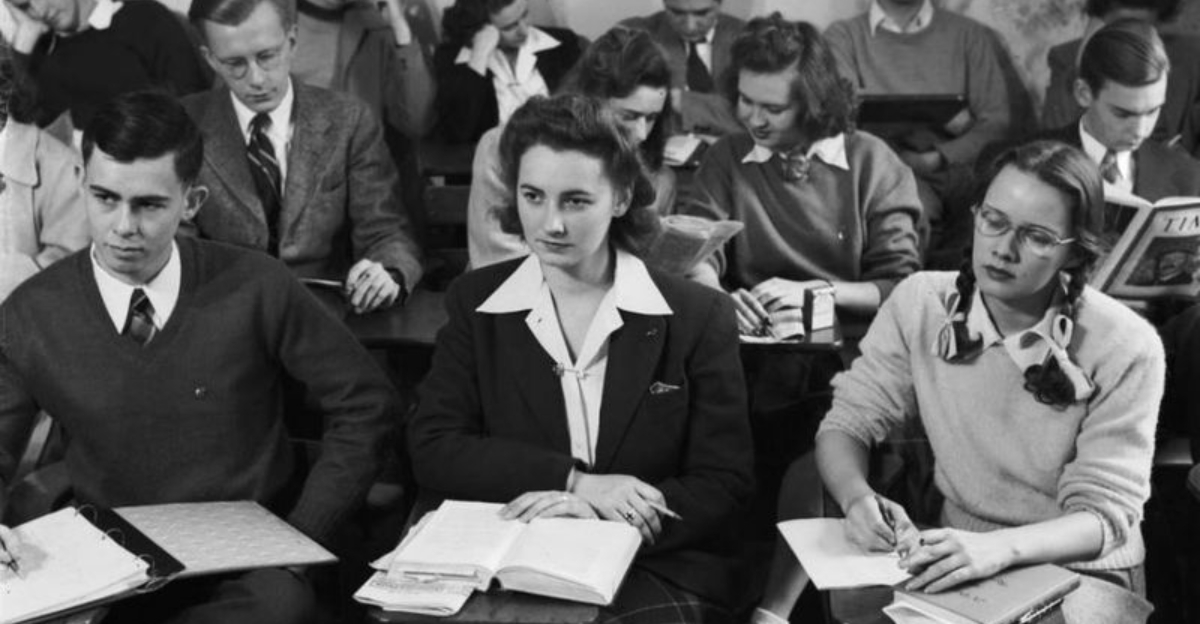
Back when bell-bottoms were the height of fashion and disco ruled the airwaves, school projects had a wild and woolly edge that would make today’s helicopter parents clutch their pearls.
Seriously—those were the days when danger and discovery went hand in hand! I still vividly remember my fifth-grade teacher, Mr. Peterson, casually handing out blobs of actual mercury during science class—no gloves, no goggles, just pure ‘70s-style trust in the educational process.
It was chaotic, questionable… and weirdly unforgettable. These days, of course, educational standards have taken a dramatic leap forward. Safety protocols, cultural sensitivity, and a whole lot of common sense now guide what happens in the classroom.
Still, you’ve got to admit—there was something hilariously bold (and mildly terrifying) about how we used to “learn by doing”!
1. Mercury Barometer Building
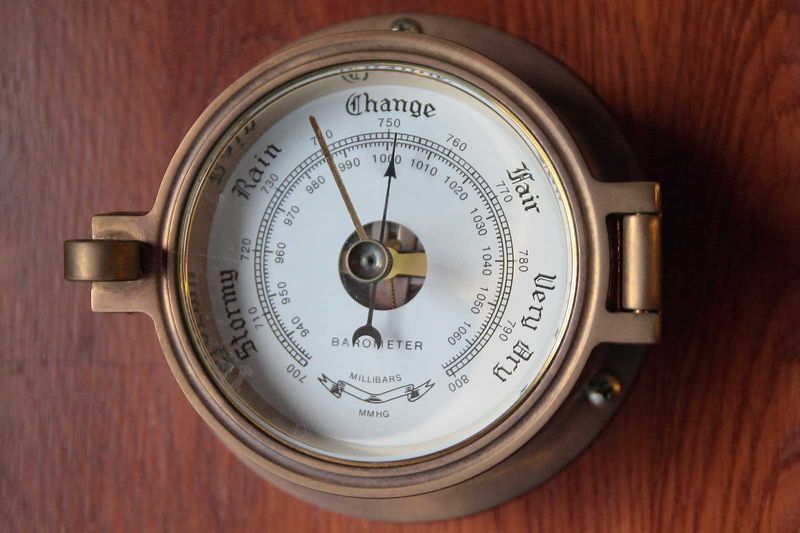
Slippery silver liquid pooled in my palms as our science teacher demonstrated how to fill glass tubes for our homemade barometers. Nobody wore gloves—we just washed our hands afterward and hoped for the best!
The classroom reeked of that weird metallic smell while twenty-something kids gleefully measured atmospheric pressure using actual mercury. Some lucky students even got to take their mercury-filled creations home as prizes.
Parents signed permission slips without batting an eye, completely unaware that we were handling a neurotoxin that could cause permanent nervous system damage. Those were simpler times when ‘safety first’ meant ‘try not to drop it on the floor.’
2. Asbestos Art Projects
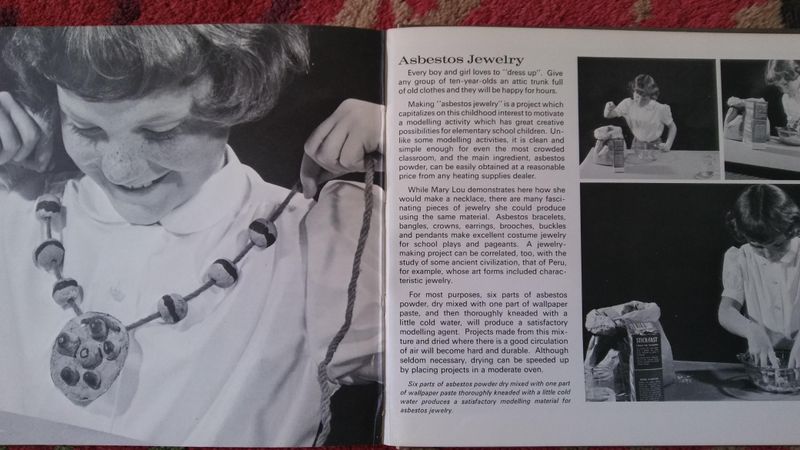
Mrs. Wilkins called it ‘miracle fiber clay,’ but what we were actually molding into Christmas ornaments and science fair volcanoes was loaded with asbestos. The fluffy white material felt magical between my fingers—lightweight yet sturdy when dried.
We’d shape it, paint it, and even take home the dusty leftovers in paper bags for weekend projects. The classroom became a winter wonderland during December, with asbestos ‘snow’ sprinkled liberally on construction paper landscapes.
Our teacher would spray it with hairspray to make it sparkle under the fluorescent lights. Decades later, many schools underwent expensive asbestos removal, ironically tearing down the very art projects we’d proudly mounted on walls.
3. Explosive Chemistry Demonstrations
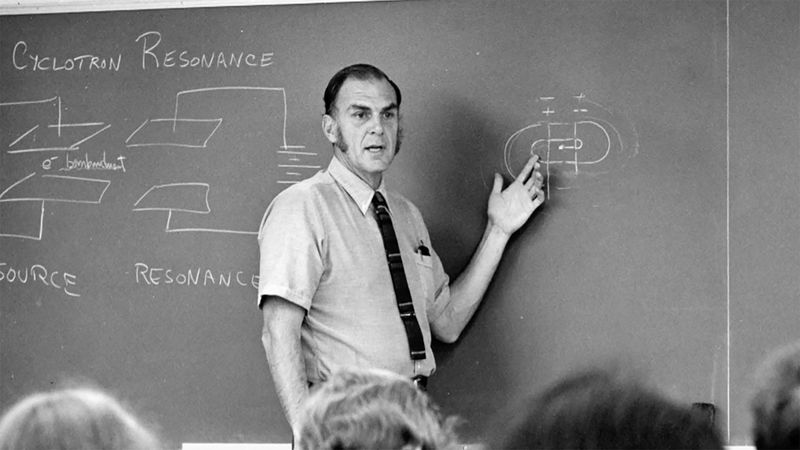
Kaboom! Mr. Sanderson’s chemistry demonstrations were legendary at Jefferson High. He’d combine potassium with water right on his desk, creating mini-explosions that sometimes shattered beakers and sent fragments flying across the room.
We never wore safety goggles—those were for wimps. Instead, we’d crowd around the demonstration table, practically hanging over the experiments as volatile chemicals bubbled, smoked, and occasionally detonated.
The coolest demos involved making homemade gunpowder or creating thermite reactions that burned through metal. Once, Billy Thompson’s eyebrows disappeared after leaning too close to a sodium experiment. Everyone laughed, including the principal who happened to be observing that day.
4. Smoking Behavior Studies
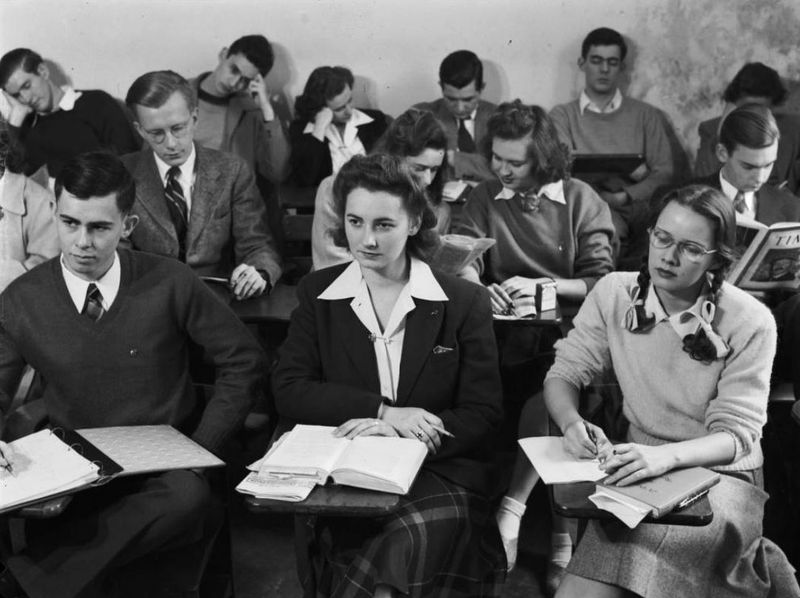
Cigarettes became educational tools when my health class conducted a smoking behavior study in 1973. Students actually interviewed family members about their smoking habits while passing around unlit cigarettes to examine their construction.
The teacher, a chain-smoker himself, demonstrated proper inhaling techniques (though we weren’t allowed to try). Several classmates proudly displayed their parents’ cigarette collections for extra credit, identifying filter types and tobacco blends like junior tobacconists.
We created graphs showing which brands were most popular among our relatives and debated which had the coolest advertising. The school nurse even visited to explain how smoking helped people manage stress—information that would make today’s health educators faint dead away.
5. Dissecting Without Gloves
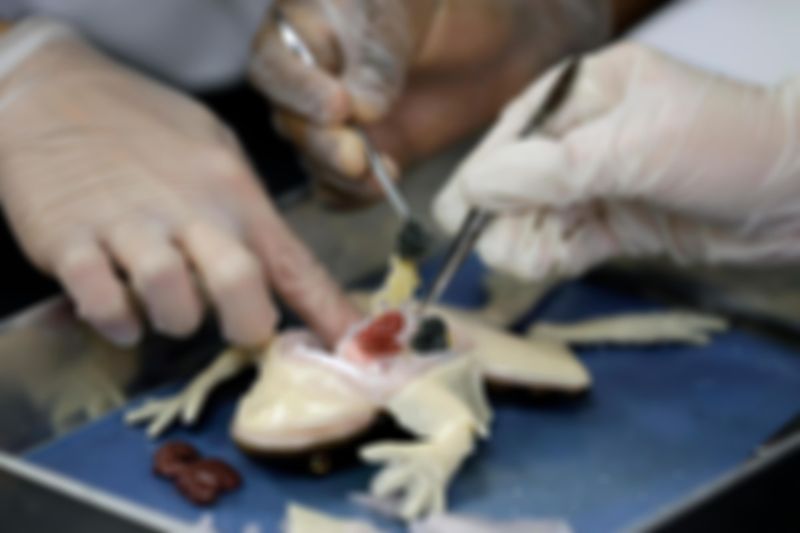
Formaldehyde fumes made my eyes water as I sliced into the frog’s belly with my bare hands. No latex gloves in sight—just twenty-seven squeamish seventh graders poking at amphibian innards with metal probes and unwashed fingers.
The preservation chemicals stained our skin yellow and left a smell that lingered for days. Some kids would flick frog parts at each other when the teacher wasn’t looking, turning biology into a grotesque food fight.
After dissection, we’d simply rinse our hands under cold water—no special soap or sanitation procedures. I still remember Tommy eating his sandwich immediately afterward without washing up, a memory that makes me queasy decades later. Somehow, we all survived.
6. Lead Casting Projects
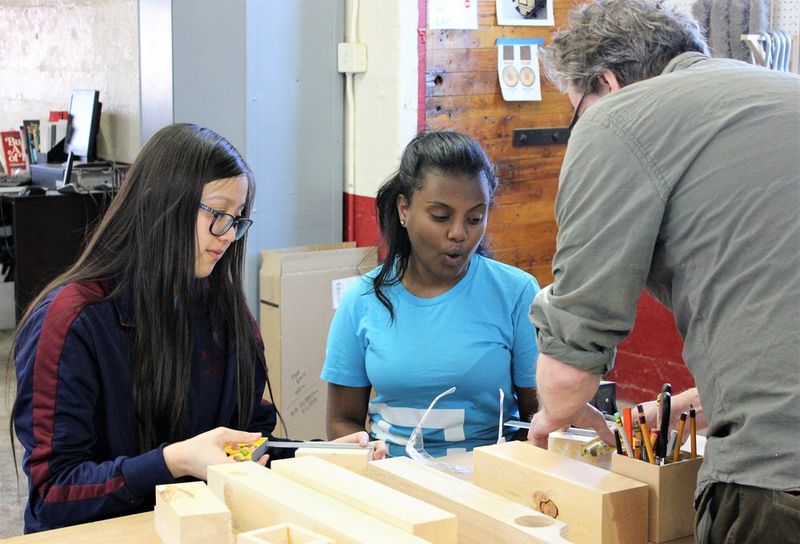
Molten metal bubbled in the crucible as Mr. Hoffman demonstrated our next industrial arts project. We were melting actual lead to cast toy soldiers, fishing weights, and decorative medallions!
The shop room filled with metallic-smelling fumes while we took turns pouring liquid lead into molds without face shields or proper ventilation. Some kids would splash water into the melting pot just to watch it sizzle and spatter dangerously.
We’d take our lead creations home in brown paper bags, often handling them before the metal had fully cooled. Parents displayed these toxic treasures on mantels and bookshelves, completely unaware of the health hazards. My dad still has the paperweight I made him—a heavy reminder of simpler, less safety-conscious times.
7. Radioactive Rock Collections
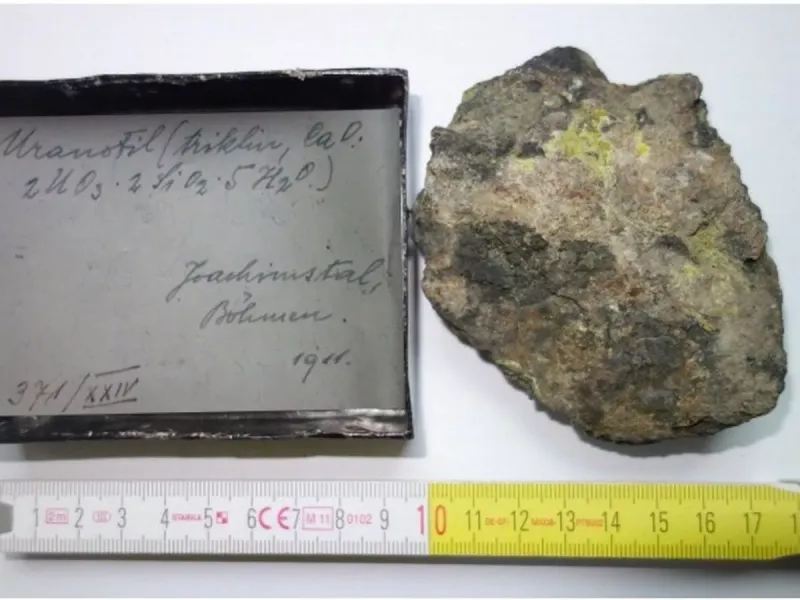
Uranium hunting became my obsession after Mr. Daniels passed around actual radioactive mineral samples during earth science. We’d use Geiger counters that clicked frantically when detecting radiation, turning it into a treasure-hunting game!
For our mineral collections, several classmates brought in uranium-bearing rocks their families had picked up from abandoned mining sites out West. These glowing green specimens earned automatic A’s and prominent display positions in the classroom showcase.
Parents donated old radium-dial watches and uranium glassware for our radiation demonstrations. The school even organized field trips to local quarries where we’d chip away at rock faces searching for radioactive specimens to bring back to class. Nobody questioned why the Geiger counter readings were off the charts!
8. Building Model Planes With Airplane Glue

Airplane glue fumes wafted through our classroom during “hobby hour,” making everyone slightly dizzy by lunchtime. The powerful adhesive came in metal tubes that we’d squeeze directly onto plastic parts, creating clouds of intoxicating vapor.
No windows were opened—even in winter—as thirty kids hunched over model airplanes and cars, breathing in toxic chemicals. Some boys would deliberately hold the tubes near their noses, giggling uncontrollably afterward.
Teachers noticed the behavior but simply attributed it to “boys being silly.” Our finished models would hang from classroom ceilings on fishing line, dripping occasional globs of excess adhesive onto unsuspecting students below. Parents received these chemical-laden creations as holiday gifts, proudly displaying them despite the lingering fumes.
9. Authentic War Relic Show-And-Tell

Tommy’s grandfather fought at Normandy, which is how a genuine Nazi dagger ended up on Mrs. Peterson’s desk during our World War II history unit. Show-and-tell transformed into a weapons exhibition when parents enthusiastically sent kids to school with actual war souvenirs.
Live (though hopefully disarmed) grenades, bayonets, and even deactivated firearms made appearances in our fifth-grade classroom. We’d pass these artifacts around, feeling the weight of history—and potential tetanus—in our small hands.
The principal would stop by specifically to see the collection, often adding stories about his own military service. Nobody questioned the appropriateness of children handling weapons that had potentially been used in combat. History wasn’t just in books—it was right there in our ungloved hands.
10. Playground Equipment Construction
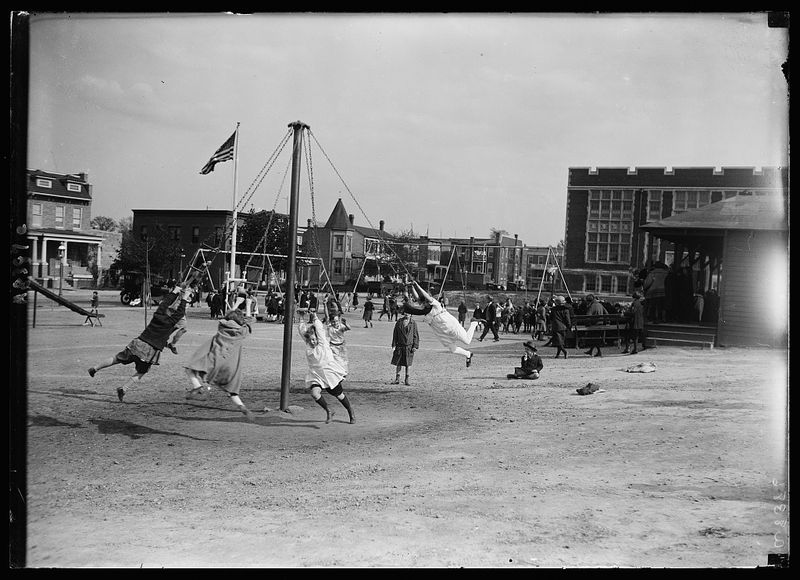
Hammers pounded and saws buzzed as our sixth-grade class constructed our own playground equipment. No adult supervision required—just thirty 12-year-olds with power tools and a vague blueprint!
We welded metal parts, mixed concrete, and erected wooden structures that would eventually hold our classmates several feet above hard-packed dirt. No rubber mats or safety surfacing existed in our lexicon.
The finished playground featured a towering metal slide that reached scorching temperatures in summer, a merry-go-round that could achieve dizzying speeds, and our pride and joy—a 12-foot climbing structure with metal bars over concrete. Our teacher simply advised, “Try not to fall,” which passed for comprehensive safety training in 1968.
11. Unsupervised Wilderness Survival Weekends
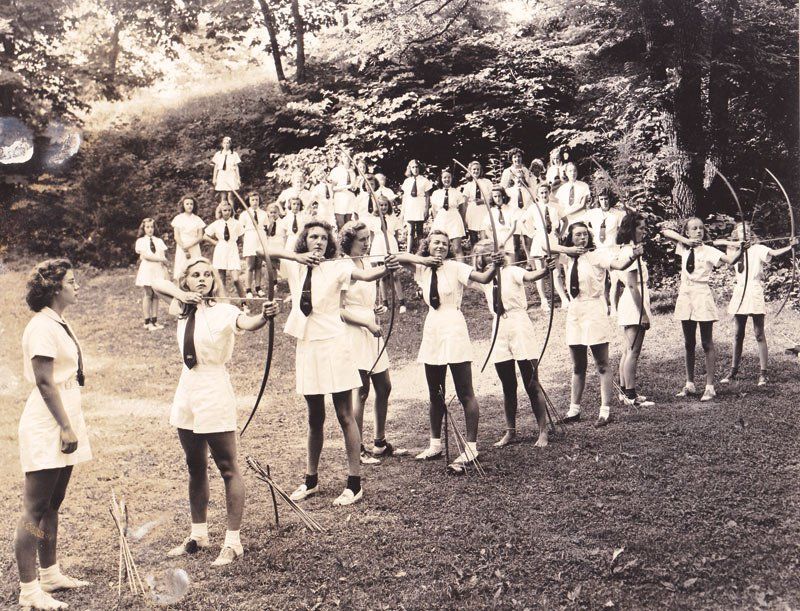
Friday afternoon arrived with excitement as our science teacher dropped us off at the edge of Millerton Woods with nothing but pocket knives and basic supplies. “See you Sunday!” he called, driving away in a cloud of dust.
Twenty-four sixth-graders were left to fend for themselves for 48 hours. We built shelters from fallen branches, started fires without matches, and attempted to identify edible plants based on vague illustrations from our textbooks.
Parents signed permission slips for these adventures without hesitation, believing that “roughing it” built character. Several kids got poison ivy, one fell into a creek, and we all returned filthy but triumphant. The only adult check-in was our teacher driving by once on Saturday, honking cheerfully before continuing to his fishing spot.
12. Ethnically Stereotypical Cultural Pageants
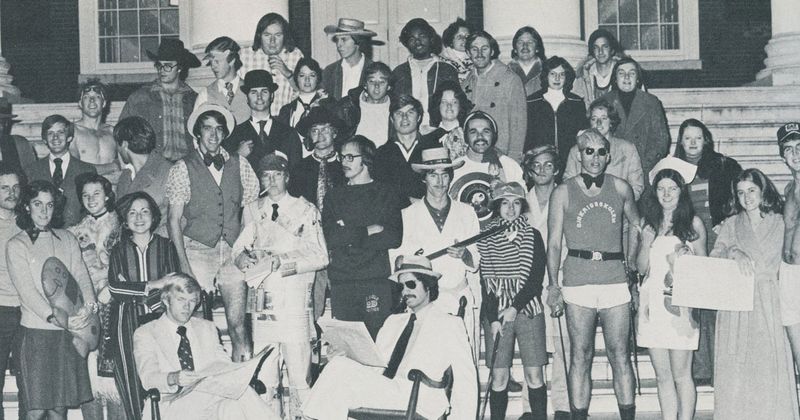
Construction paper feathers adorned my classmates’ heads as they performed what our teacher called an “authentic Indian rain dance” for the school assembly. Cultural sensitivity hadn’t been invented yet in our small-town elementary school.
Each grade level was assigned a different country for the annual International Festival. We’d create wildly inaccurate costumes from household items and perform stereotypical “traditional” dances choreographed by teachers who’d never visited these countries.
My class once performed a “Chinese” number wearing paper plates as hats and speaking in mock accents that make me cringe remembering them. Parents snapped photos proudly as we bowed dramatically, hands pressed together, shouting “Ah so!” after each line of our memorized dialogue. The local newspaper always covered these events favorably.
13. Flammability Experiment Fashion Show

Fabric swatches burst into colorful flames as we tested various materials for our “Safety Science” unit. The classroom transformed into a bizarre fashion show where the main attraction was watching different clothing items burn.
Our teacher demonstrated by setting fire to nylon, polyester, and cotton samples, ranking them by how quickly they ignited. For extra credit, students brought clothing from home to add to the flammability tests, cheerfully destroying their parents’ garments in the name of science.
Fire extinguishers? We had a bucket of water that sometimes got knocked over in the excitement. The principal would stop by specifically to watch the demonstrations, often suggesting additional materials to burn. The classroom ceiling remained permanently smoke-stained, a proud badge of scientific inquiry.
14. DIY Electrical Wiring Projects
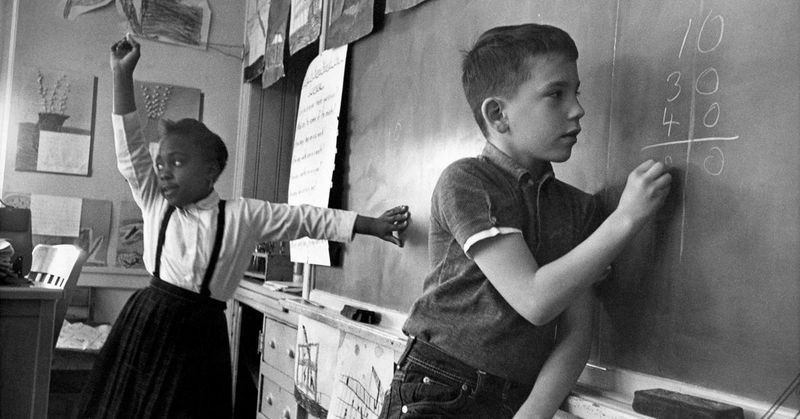
Sparks flew across the classroom as Jimmy connected the wrong wires in his homemade lamp. Our industrial arts curriculum included actual home electrical wiring—complete with real voltage and minimal supervision!
We’d create table lamps, doorbells, and simple motors using components that connected directly to wall outlets. No safety breakers, no low-voltage alternatives—just curious kids playing with enough electricity to cause serious harm.
Mr. Barton would demonstrate by stripping wires with his teeth, casually handling exposed connections while explaining how to avoid electrocution. “Just don’t touch these parts when it’s plugged in,” he’d say with a wink. Several students received memorable (though thankfully non-fatal) shocks, which became badges of honor rather than cause for concern.
15. Backyard Rocket Fuel Mixing
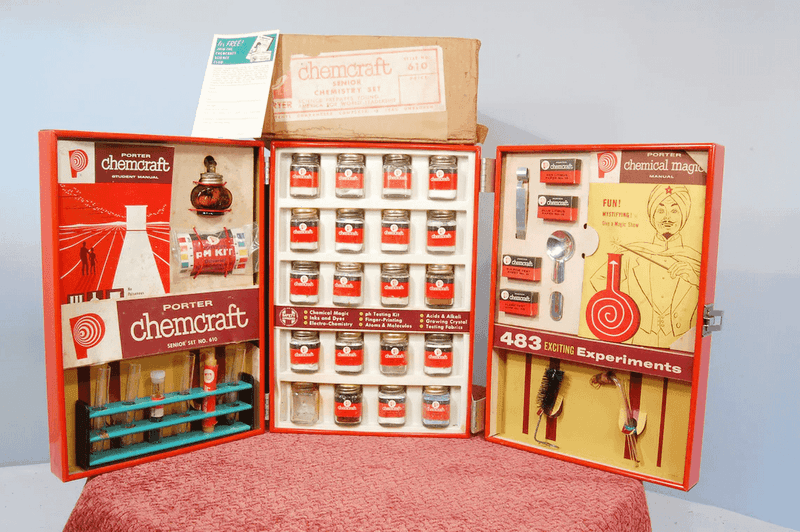
Chemistry took an explosive turn during our rocketry unit when Coach Benson showed us how to mix our own solid fuel propellants. Using potassium nitrate (easily purchased at gardening stores) and sugar, we created volatile mixtures in the school kitchen’s pots.
The cafeteria ladies would peer nervously through the door as thirty teenagers heated potentially explosive compounds on their industrial stoves. We’d pack our homemade fuel into cardboard tubes, creating rockets that sometimes reached impressive heights—and sometimes exploded on the launch pad.
Launch day transformed the football field into Cape Canaveral, with occasional misfires sending rockets horizontally through crowds of spectators. Parents were invited to witness these dangerous displays, applauding wildly when rockets didn’t malfunction. Nobody questioned why teenagers were handling what amounted to homemade fireworks on school property.
